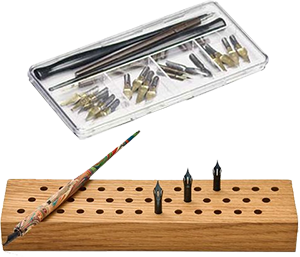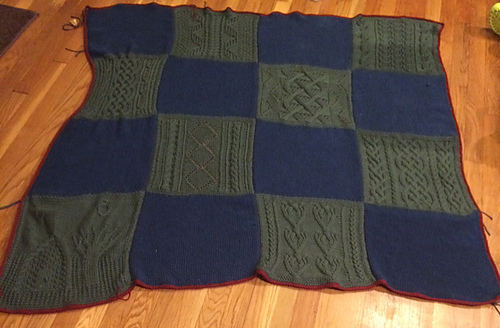- Books. Books books books. Did I mention books?
- Learning the contents of those books well is not only encouraged, it is a means of accruing social status. People who can cite wide swaths of text to back up their opinions are given social points. Points, too, for being able to recite large portions of text from memory.
- Books are also used for social display. More books is better, and buying expensive multivolume sets of Talmud and Codes is considered a laudable expenditure.
- Debate is an enormous part of the Jewish body of texts, and is still enthusiastically practiced today. Debate over minutiae is encouraged and debate over ridiculous hypotheticals is practically an art form. Again, social status awarded to those with the best arguments, eloquence a plus.
- It's expensive. Kosher food is expensive. Jewish education is expensive. All those books are expensive. More money makes participation easier.
So Judaism made fandom more accessible to me through familiarity. But what about the other way around? Has fandom enhanced my Judaism?
I have not found that my personal observance or my spiritual life has been advanced by my fandom. However, I have discovered that fandom is a wonderful vehicle to explain my Judaism to my fannish friends.
Being an observant Jew means that Judaism affects almost everything about my life. From taking the holidays off work to saying a blessing each time after I use the bathroom, Judaism is not just something I think about but something I am actively doing all day, every day. For friends who mostly grew up with some flavor of Christianity, whether they adhere to it or not, this isn't something that's easy to process. To them I explain, Rabbinic Judaism is a 2000 year long LARP.
This sounds like a flippant thing to say, but bear with me; I say it in all respect with the intent to convey some of the important aspects of how living an observant Jewish life is a lens through which we view the world. Also, here is the disclaimer about this being an analogy and not being or trying to be a perfect representation of Judaism.
Rabbinic Judaism is not the Judaism described in the Torah. In this analogy, the Torah is more like the list of books that you see when you open a DnD manual, the ones that you loved so much you want to participate in them, the ones that inspired you to start playing but don't actually give you any mechanics by which to play.
Our first attempt at a set of rules was the Mishnah. Like the first edition of DnD, it was incomplete and buggy. (In fact, it wasn't actually a rulebook at all, but a selection of legal discussions, in the course of which some laws are decided. Details, details.) No one uses it now, but it was the place where the project started. The rulebooks expanded out from there, the Gemara, the Commentaries, and then out to the Codes. Along the way we get significant geographic variations in our rules, as well as extensive discussion about said rules ranging from polite to vitriolic. The flame wars, ooooh, the flame wars we have.
Where the comparison really becomes useful is to explain how we use these laws to govern our daily lives. Halacha, Jewish law, is our world mechanics.
Take, for example, the prohibition on mixing milk with meat. On the surface that sounds simple enough. But what counts as mixing? Answer: we have rules for that! Let's say you accidentally get something meaty into your dairy dish, doesn't matter how. By Jewish law, it's okay to eat as long as you cannot taste the meat in the dish. But what if you taste it and discover that you can taste the meat? Then you will have violated the law? The obvious solution might be to find a trusty Gentile friend, who has no such prohibition, and ask them. But what if you have no trusty Gentile friend available? For much of Jewish history, we couldn't count on having non-Jewish neighbors who would be friendly or accessible, so a heuristic was developed: if you have a liquid dairy dish, as long as the meaty thing that was accidentally dripped in comprises less than 1/60th of the total volume, you can assume that it doesn't affect the taste. There are different rules for solids. Being hot or spicy is also taken into account. There's a whole decision tree. Are you starting to see the parallels between this and rolling a Diplomacy check when trying to convince the guard to let you into the city?
Extrapolate from here. Whenever I run into a situation where Jewish law applies, which is extremely often, this is the sort of check I run in my head. We have Jewish law on business, ethics, food, charity, clothes (there is a preferred order of operations for putting on shoes with laces). These are the mechanics by which I engage world.
Of course the purpose of a LARP is for everyone to have fun and the purpose of Jewish law is for people to lead a moral life in accordance with the commandments of G-d and improve the world. The analogy only goes so far and the ethical monotheism component of Judaism is neither trivial nor optional. But when trying to explain to my fannish friends how Judaism influences my life when I am not having theological discussions, it's a useful analogy to make.





















